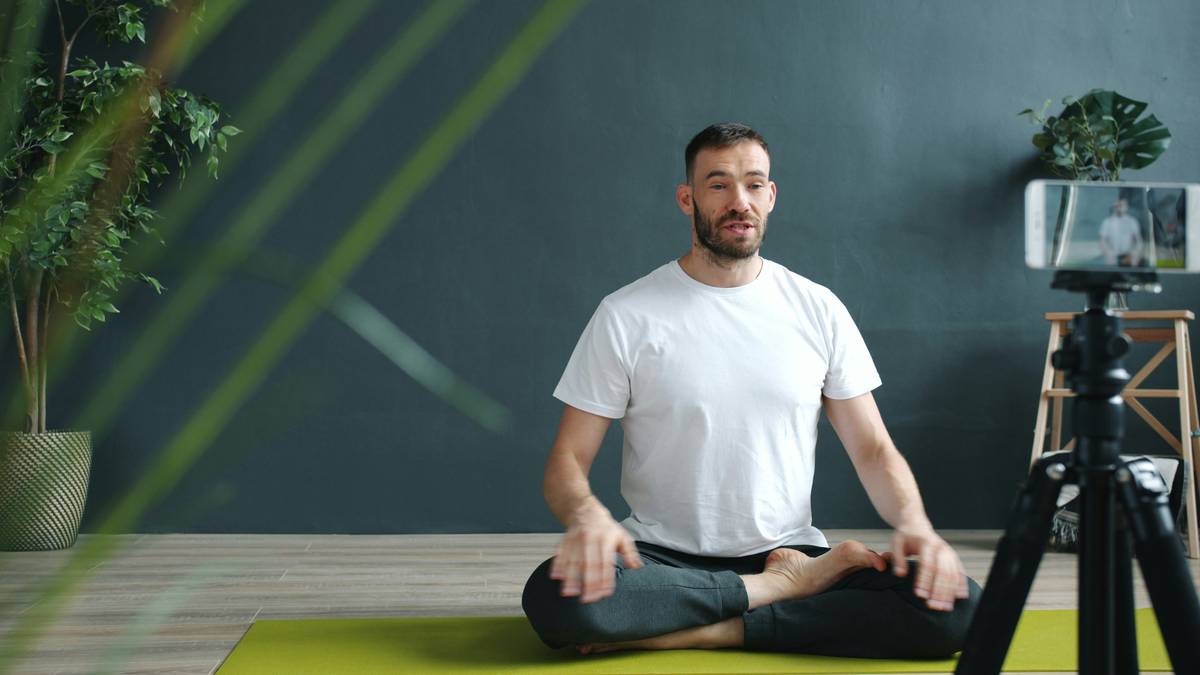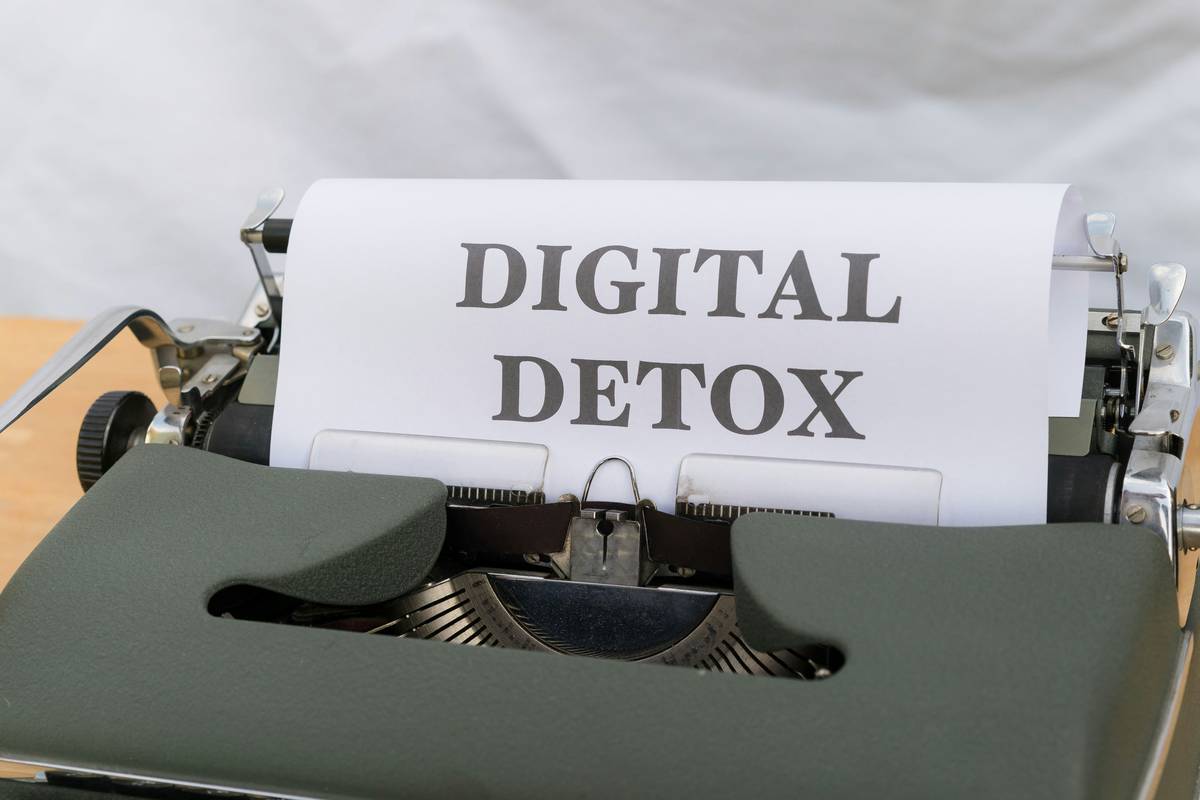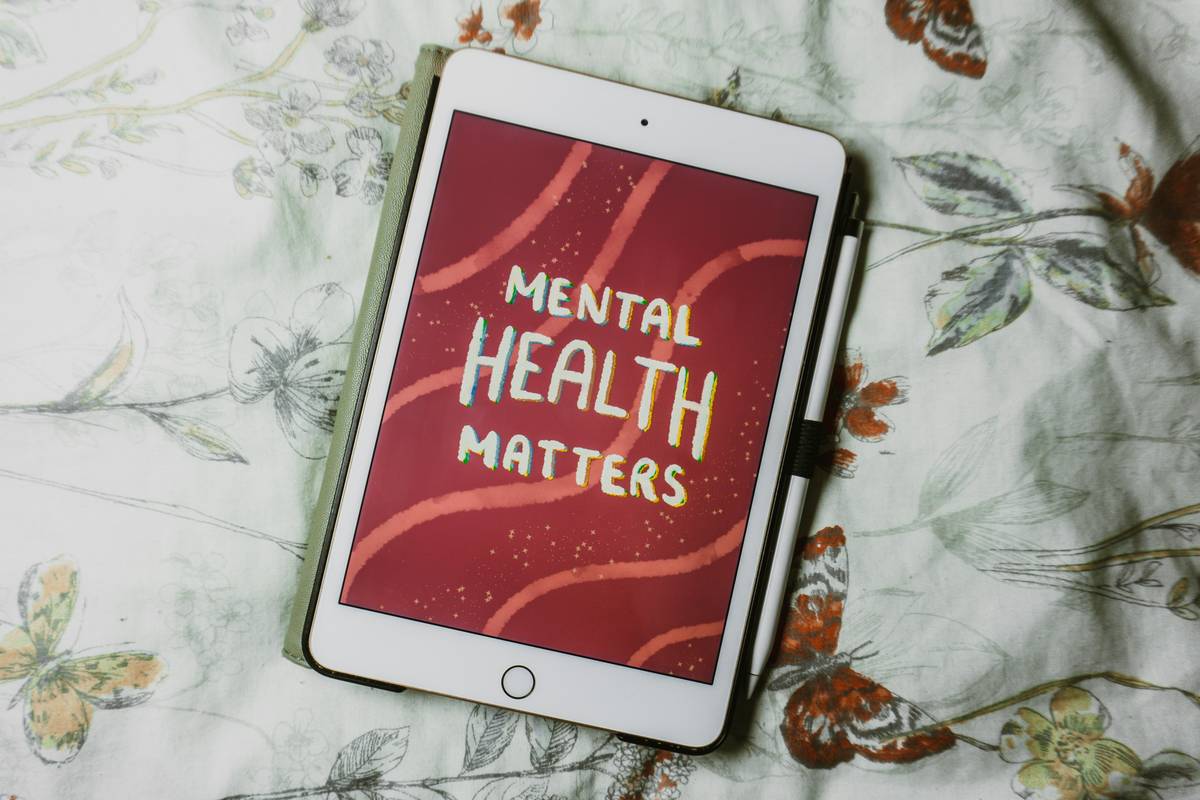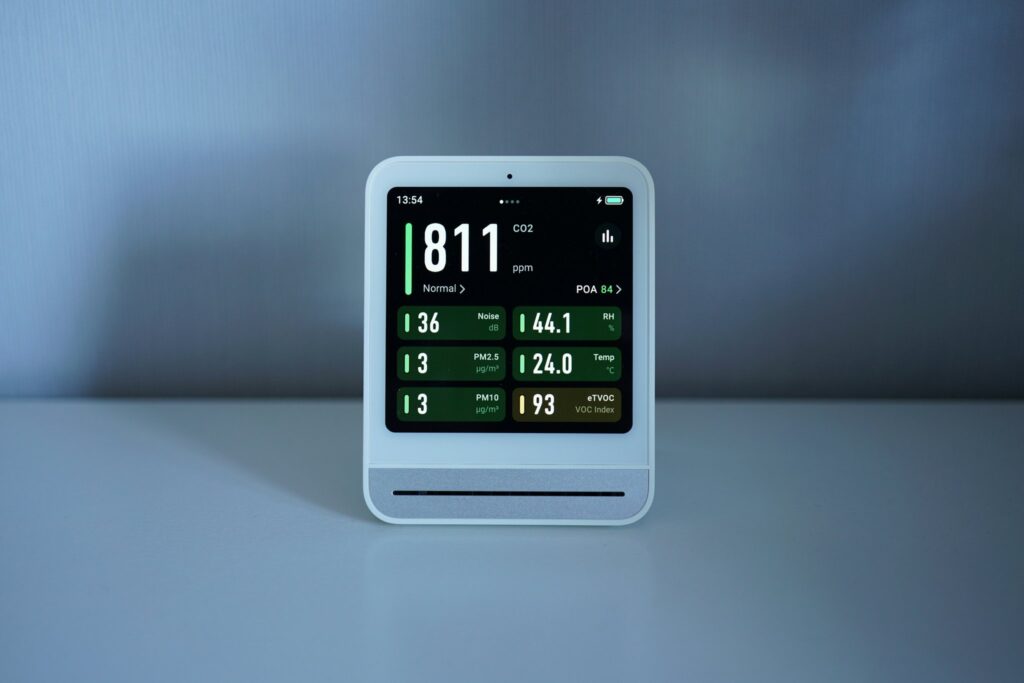Ever felt so stressed you wanted to throw your phone across the room… only to realize it might actually hold the solution?
In today’s chaotic world, managing stress has become a survival skill. Enter stress management apps—your pocket-sized feel-good toolkit for reclaiming peace of mind. In this post, we’ll explore why these apps are game-changers, how to pick the best ones for your needs, and actionable tips to integrate them into your daily routine. Plus, I’ll share my personal fails (yes, plural!) so you don’t have to make the same mistakes.
Table of Contents
- Why You Need a Feel-Good Toolkit
- How to Build Your Feel-Good Toolkit
- Top Stress Management Apps For Every Mood
- Best Practices for Using Apps Effectively
- Real-Life Success Stories
- FAQs About Feel-Good Toolkits
Key Takeaways
- Stress management apps can act as a personalized “feel-good toolkit.”
- Select apps that align with your unique stressors and goals.
- Integrating these tools into routines boosts long-term mental wellness.
- Avoid relying solely on apps—combine them with offline practices.
Why You Need a Feel-Good Toolkit in the First Place
“Ugh, another Monday,” said me five years ago, staring at 47 unread emails before coffee even touched my lips. That week turned out to be the tipping point—I was drowning under stress. Sound familiar?
According to the American Psychological Association, nearly 80% of adults report experiencing workplace-related stress, while over half feel they lack effective coping mechanisms. Without proper tools, chronic stress can wreak havoc on both physical and mental health.

How to Build Your Own Feel-Good Toolkit
Let’s face it: Building any toolkit—from woodworking gear to digital self-care weapons—isn’t exactly glamorous. But trust me, getting this right will save countless hours of Googling “emergency meditation” later.
Step 1: Identify Your Main Stress Triggers
Optimist You: *“Oh cool, mindfulness exercises sound perfect!”*
Grumpy You: *“Doesn’t that Instagram story notifying me every two seconds count as a trigger too?”*
To find the right app(s), first figure out what sets off your stress alarm bells. Is it work deadlines? Social media overload? Family drama? Pinpointing triggers helps narrow down options tailored just for YOU.
Step 2: Explore Categories Within Stress Management Apps
From guided meditations to productivity hacks, most stress management apps fall into specific categories:
- Meditation & Mindfulness (e.g., Calm, Headspace)
- Breathing Exercises (e.g., Breathwrk)
- Sleep Improvement (e.g., Sleep Cycle)
- Productivity Trackers (e.g., Todoist)
Step 3: Try Before You Commit
Most stress management apps offer free trials or freemium versions. Use those wisely—it’s like test-driving cars but way cheaper (and less awkward when you accidentally hit the horn).
Top Stress Management Apps For Every Mood
No time to sift through hundreds of apps? Let’s cut straight to the good stuff. Here’s a quick list of must-haves:
| App Name | Category | Pros | Cons |
|---|---|---|---|
| Calm | Meditation | + Beautiful visuals, soothing sounds + Sleep stories by celebs |
– Premium subscription pricey |
| Headspace | Mindfulness | + Easy-to-follow guided sessions + Science-backed techniques |
– Limited free content |
| Breathwrk | Breathing | + Tailored breathing exercises + Simple interface |
– Requires consistent practice |

Best Practices for Using Apps Effectively
Alright, listen up. Here comes some brutally honest advice:
Don’t Overdo It
I once downloaded FIVE stress management apps within an hour because I thought more = better. Spoiler alert: My phone storage hated me, and guess what? None stuck. Pick ONE or TWO max and stick with them.
The One Terrible Tip:
*Use stress management apps during work calls.* Yes, I said it. Don’t do this unless you want coworkers thinking you’re whispering sweet nothings to someone instead of listening.
Real-Life Success Stories
Jamie, a busy marketing manager, swears by Calm’s sleep stories after battling insomnia for months. Meanwhile, David ditched his doomscrolling habit by replacing social feeds with Breathwrk sessions each evening. These aren’t isolated cases either; research shows combining tech-based interventions with intentional habits leads to measurable improvements.
FAQs About Feel-Good Toolkits
Are stress management apps worth the money?
Yes, especially if you prioritize mental wellness. Think of it as investing in therapy without leaving home.
What makes a good stress management app?
Look for user-friendly interfaces, evidence-based methodologies, and features aligning with YOUR stress triggers.
Can kids benefit from stress management apps?
Absolutely! Many apps now include kid-friendly modes focused on calming games and stories.
Conclusion
Your feel-good toolkit isn’t complete without leveraging modern technology to combat stress. By identifying triggers, choosing the right apps, and using them strategically, you’re well on your way to mastering stress management. Remember, consistency beats perfection. And hey, maybe treat yourself to that latte—you earned it.
(P.S. Like a Tamagotchi, your mental health thrives on daily care.)


